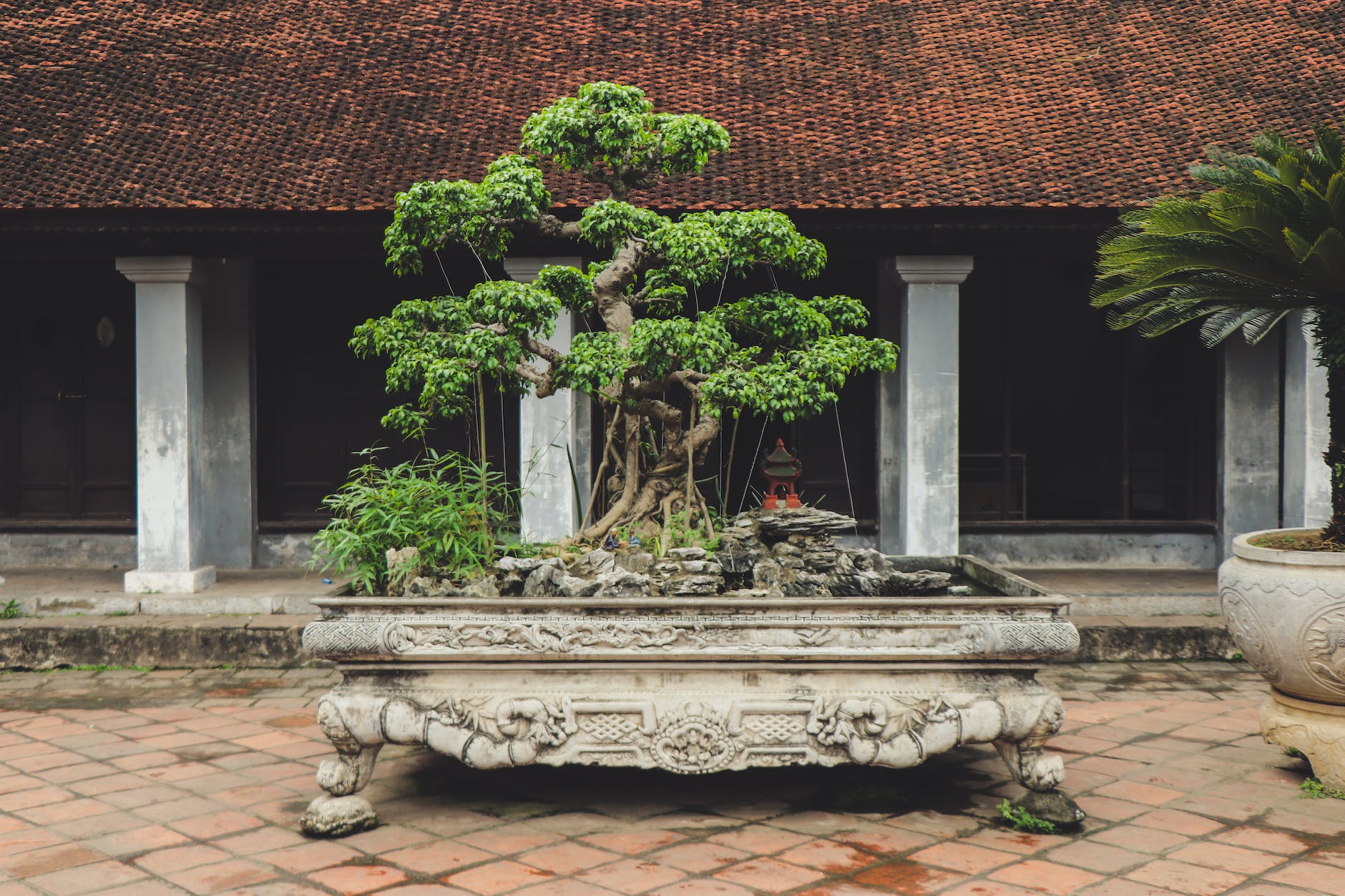creating miniature masterpieces: the art of bonsai tree sculpting, cultivating miniature artisan bonsai tree at home
Have you ever marveled at the beauty of a bonsai tree? These fascinating miniature masterpieces have captured the hearts of artistic gardeners around the world. In this article, we will explore the art of bonsai tree sculpting and learn how to cultivate your own bonsai tree at home. Get ready to dive into the world of bonsai and embark on a journey of creativity and artistry.
What is Bonsai and its Importance in the World of Artistic Gardening?
Understanding the Concept of Bonsai
Bonsai is the art of growing trees in miniature form. It is derived from the Japanese words “bon” meaning tray or pot, and “sai” meaning plant or tree. The aim of bonsai is to create a living work of art that resembles a mature tree in a confined space.
How Bonsai Became an Art Form
Bonsai originated in ancient China and was later adopted and refined by the Japanese. The practice of bonsai began as a way to bring nature indoors and appreciate the beauty of trees in a miniature form. Over time, bonsai evolved into a respected art form, where the shape and form of the tree are meticulously cultivated and refined.
Appreciating the Beauty of Miniature Masterpieces
One of the main attractions of bonsai is the beauty and serenity it brings to any space. These miniature trees can create a sense of harmony and balance in their surroundings. Bonsai enthusiasts admire the intricate details and delicate foliage of these living masterpieces, which can be appreciated up close.
How to Cultivate and Shape Your Own Bonsai Tree?
Choosing the Right Bonsai Tree for Your Artistic Journey
When starting your bonsai cultivation journey, it is important to choose the right tree species. Some popular choices include juniper, pine, and ficus. Each tree species has its own unique characteristics and growth patterns, which can greatly influence the final shape and style of your bonsai.
Pruning Techniques for Sculpting your Miniature Masterpiece
Pruning is a crucial technique in bonsai sculpting. It involves selectively trimming branches and roots to create the desired shape and form. By pruning, you can control the growth of the tree and create a balanced and aesthetically pleasing bonsai.
Understanding the Art of Wiring and Shaping the Foliage
Wiring is another essential technique in bonsai sculpting. It involves wrapping branches and trunks with copper wire to guide their growth and shape. By carefully bending and positioning the wire, you can achieve the desired form and movement in your bonsai tree. Shaping the foliage is also important to create a balanced and harmonious tree.
Exploring the Artistry and Advanced Techniques in Bonsai Sculpting
Unlocking the Secrets of Creating Lifelike Bonsai Trees
Bonsai sculpture is a true art form that aims to create lifelike replicas of full-sized trees in miniature form. Mastering advanced techniques such as carving, hollowing, and deadwood styling can greatly enhance the realism and artistic value of your bonsai.
Mastering the Skill of Repotting and Maintaining Bonsai Trees
Repotting is an important aspect of bonsai cultivation. It involves carefully removing the tree from its pot, trimming the roots, and replanting it in fresh soil. Regular repotting helps maintain the health and vitality of your bonsai tree and encourages its growth and development.
Working with Different Species: The Beauty of Juniper and Pine Bonsai
Juniper and pine are two popular tree species used in bonsai cultivation. Junipers are known for their delicate foliage and graceful branches, while pines have a rugged and weathered appearance. Each species offers its own unique beauty and challenges, allowing bonsai artists to explore different styles and techniques.
